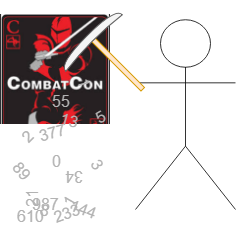
Data Mining – CombatCon Longsword
How has the CombatCon Longsword tournament changed year over year? We crunch the numbers and see.

How has the CombatCon Longsword tournament changed year over year? We crunch the numbers and see.
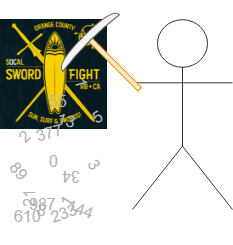
How has the SoCal Longsword tournament changed year over year? We crunch the numbers and see.
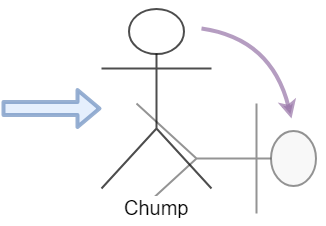
I’m guessing most probably don’t care too much about what the difference between a vector and a scalar is. Trust me, it can be a helpful tool for learning to beat people up.
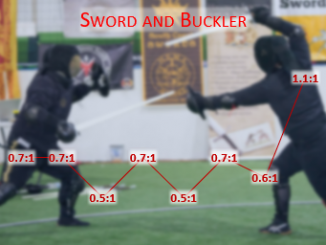
I’ve always been a big advocate of evaluating tournaments in as objective a manner as possible, so I’m going to take a crack at it. […]

Something that a lot of people are really bad at (other than HEMA) is evaluating risk. This isn’t just in relation to martial arts, it’s everything in your life. But I don’t care about the rest of your life, I just want you to make smarter HEMA decisions.

I bet you never imagined a connection between why bugs are small and why large tournaments are run a certain way. But here we are.

How our gear keeps us safe is an important topic, especially if we ever want to make it safer!

Sometimes people talk about how much ‘force’ something hits with. Unfortunately, they use the same term to describe average force, peak force, and impulse.
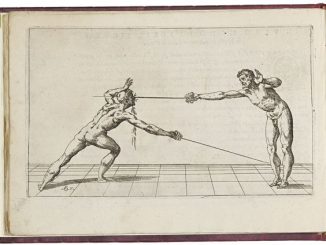
Tournament organizers gave different point values for different targets, and you’ll never guess what happened next!

Why going at high intensity and having perfect control is not physically possible, no matter how much we want it to be.
Copyright © 2025 | WordPress Theme by MH Themes